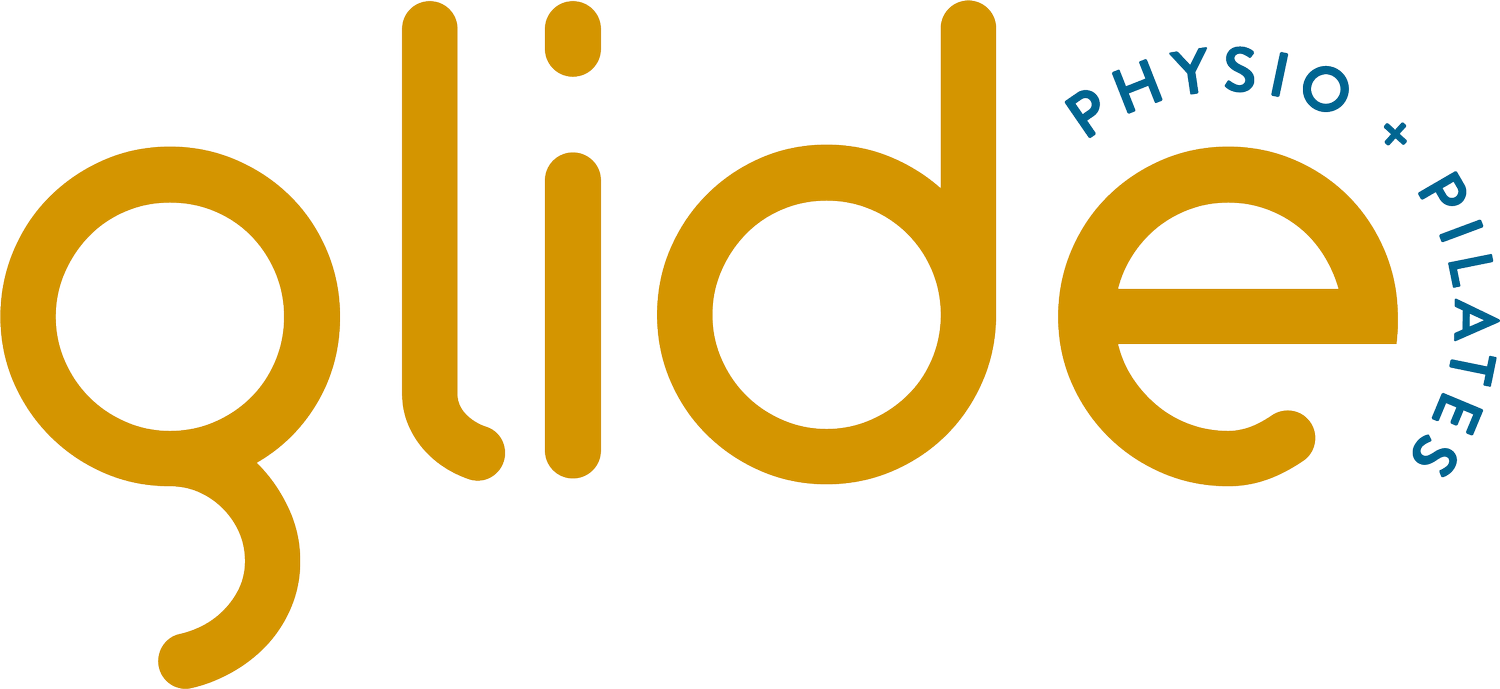Muscle Strength Training
What is Muscle Strength Training?
Muscle strength training involves exercises designed to improve the strength, endurance, and overall function of muscles. Physiotherapists use a variety of resistance exercises, which may include body weight, free weights, resistance bands, or machines, tailored to individual needs and fitness levels. This form of training is vital for rehabilitation, enhancing performance in daily activities, and preventing injuries.
What Does Muscle Strength Training Feel Like?
During strength training, clients may feel a sense of exertion as muscles work against resistance. It’s common to experience fatigue in the targeted muscles during and immediately after an exercise session. A burning sensation can occur due to lactic acid build-up, and some muscle soreness may be felt in the days following a workout, known as delayed onset muscle soreness (DOMS), which is a normal part of the strength training process.
How Does Muscle Strength Training Help?
Muscle strength training benefits overall health and recovery through various physiological mechanisms:
Muscle Hypertrophy and Strength: Strength training promotes muscle hypertrophy (growth) and increases muscle fiber recruitment, leading to greater strength and functional capacity. This is particularly beneficial for individuals recovering from injury or those looking to improve physical performance.
Improved Bone Density: Resistance training stimulates bone remodeling, enhancing bone density and reducing the risk of osteoporosis and fractures, especially in older adults.
Enhanced Functional Performance: Strength training improves the ability to perform daily activities, such as lifting, climbing stairs, and maintaining balance, thereby reducing the risk of falls and enhancing quality of life.
Metabolic Benefits: Increased muscle mass contributes to improved metabolism, helping with weight management and reducing the risk of chronic diseases such as diabetes and cardiovascular disease.
Pain Reduction and Injury Prevention: Strengthening muscles around joints can provide stability, reducing the risk of injury and alleviating pain associated with conditions like arthritis or tendonitis.
To accurately assess muscle strength and measure progress, we utilise digital dynamometry. This technology provides objective measurements of muscle strength, allowing for tailored training programs and tracking improvements over time.
Muscle strength training can be beneficial for a wide range of conditions and populations, including:
Rehabilitation from Injury: Strength training helps restore function and strength after injuries such as fractures, ligament tears, or surgeries.
Chronic Pain Management: Conditions such as low back pain, knee osteoarthritis, and fibromyalgia can improve with tailored strength training programs that enhance muscle support and reduce pain.
Postural and Balance Issues: Strengthening core and stabilizing muscles can improve posture and balance, reducing the risk of falls in older adults.
Sports Performance: Athletes can enhance their strength and power through targeted resistance training, improving overall performance.
Potential Side Effects
While muscle strength training is generally safe, some clients may experience:
Muscle Soreness: As mentioned, DOMS can occur, leading to temporary discomfort in the days following training.
Injury Risk: Improper technique or excessive resistance can lead to strains or injuries. It’s essential to learn proper form and progress gradually.
Fatigue: Clients may feel fatigued during or after sessions, which is a normal response to the exertion.
What Does the Latest Evidence Say?
Research consistently supports the effectiveness of muscle strength training in promoting health and physical function. Studies show that resistance training improves muscle strength, enhances physical performance, and contributes to better management of chronic conditions. Guidelines recommend incorporating strength training into weekly exercise routines for overall health benefits, with particular emphasis on its role in rehabilitation and injury prevention.
